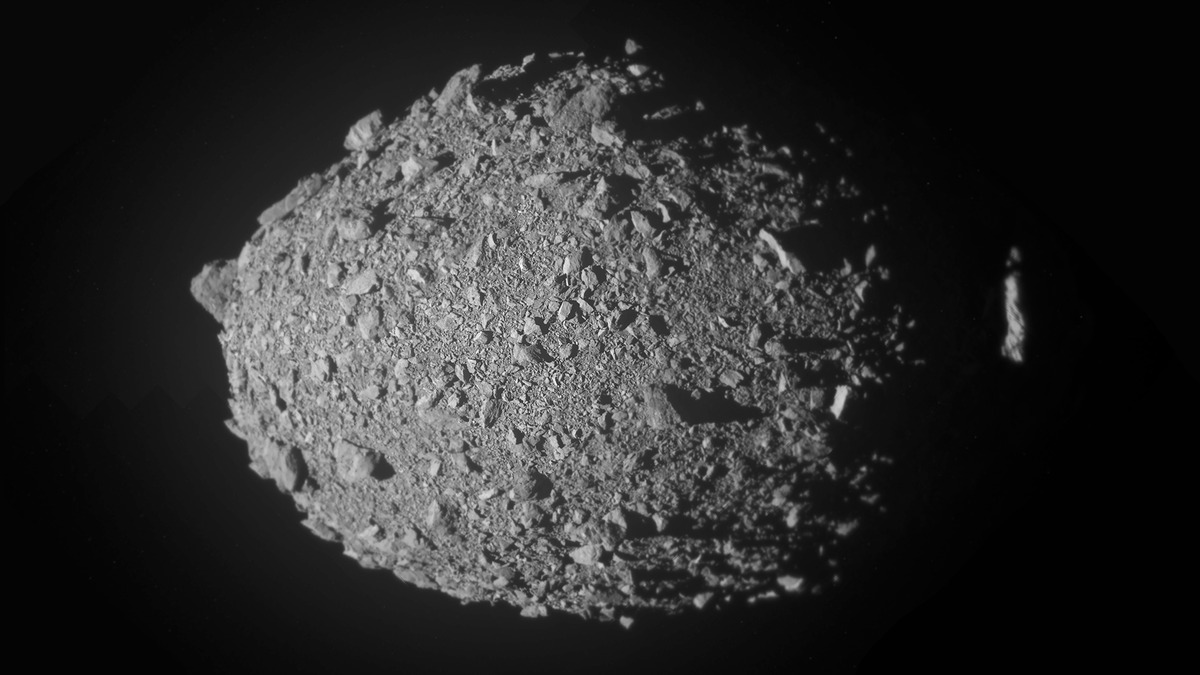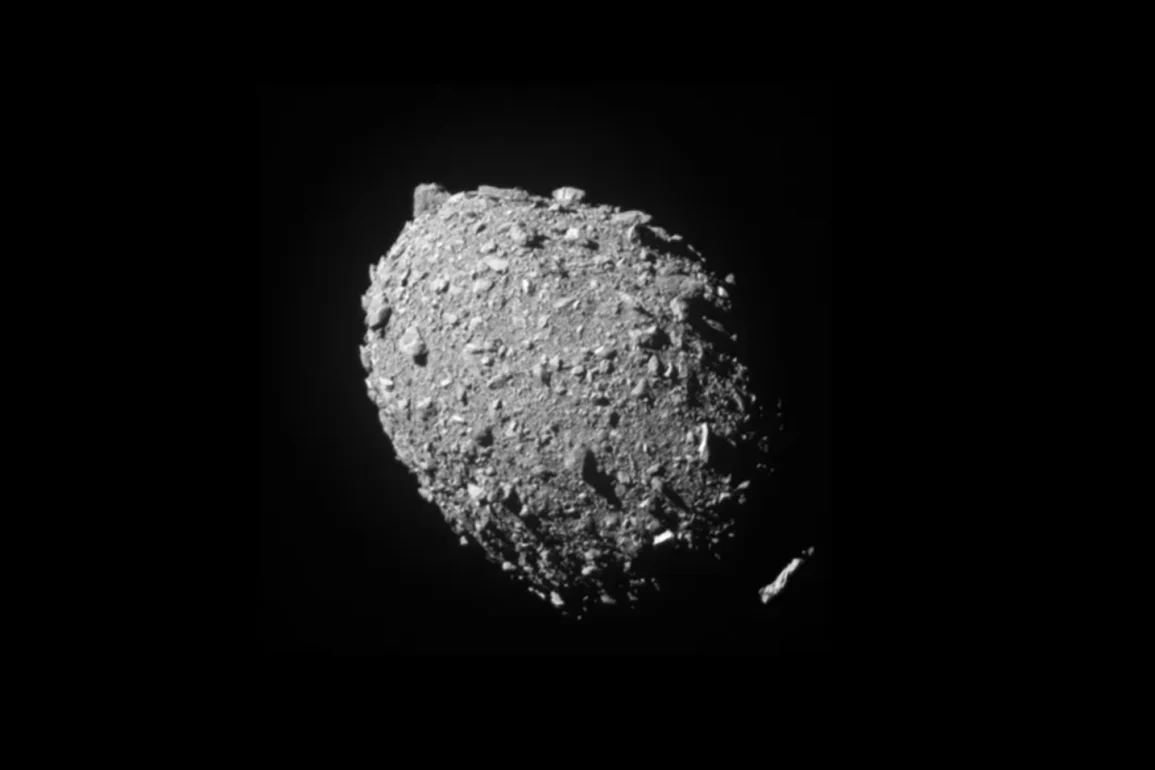In the moments before NASA’s DART spacecraft collided with the asteroid Dimorphos during the 2022 planetary defense test, it captured high-resolution images of Dimorphos and its larger companion Didymos.
These images have provided scientists with valuable data to explore the history of these two nearby rocky bodies and understand the formation of binary asteroid systems, which consist of a primary asteroid orbited by a secondary moonlet.
Analyzing the craters and surface strength on Didymos revealed that it formed approximately 12.5 million years ago, while Dimorphos formed about 300,000 years ago. Researchers suggest that Didymos originated in the main asteroid belt between Mars and Jupiter before being displaced into the inner solar system.
By studying the largest boulders on both asteroids, scientists inferred that these bodies are aggregates of rocky fragments from the catastrophic destruction of a parent asteroid.

Astronomer Maurizio Pajola, leading one of the five studies published in Nature Communications, noted that the large boulders on Didymos and Dimorphos could not have resulted from impacts on their surfaces, as such events would have disintegrated the asteroids.
Didymos, about half a mile in diameter, and Dimorphos, approximately 560 feet wide, are classified as “rubble pile” asteroids, formed from coalesced rocky debris through gravity. Planetary geologist Olivier Barnouin observed significant surface differences between the two, with the largest boulders on Dimorphos and Didymos varying greatly in size and the surface of both being much weaker than loose sand.
The researchers concluded that Dimorphos likely formed from material ejected from Didymos’ equatorial region due to its rapid spin, driven by the YORP effect (spin acceleration caused by sunlight on its uneven surface). Currently, Didymos rotates once every 2-1/4 hours, with few boulders observed at its smoother equatorial region, in contrast to its rougher mid-latitudes and poles where large boulders are present.
The DART mission, a proof-of-principle by NASA’s Double Asteroid Redirection Test, demonstrated that a spacecraft could alter the path of a space object potentially on a collision course with Earth.
Though Didymos and Dimorphos pose no threat to Earth, DART’s impact at 14,000 miles per hour successfully changed Dimorphos’ trajectory and slightly altered its shape. This mission has enhanced the understanding of binary asteroid systems, which make up about 10-15% of near-Earth asteroids, offering new insights into their formation and evolution.

